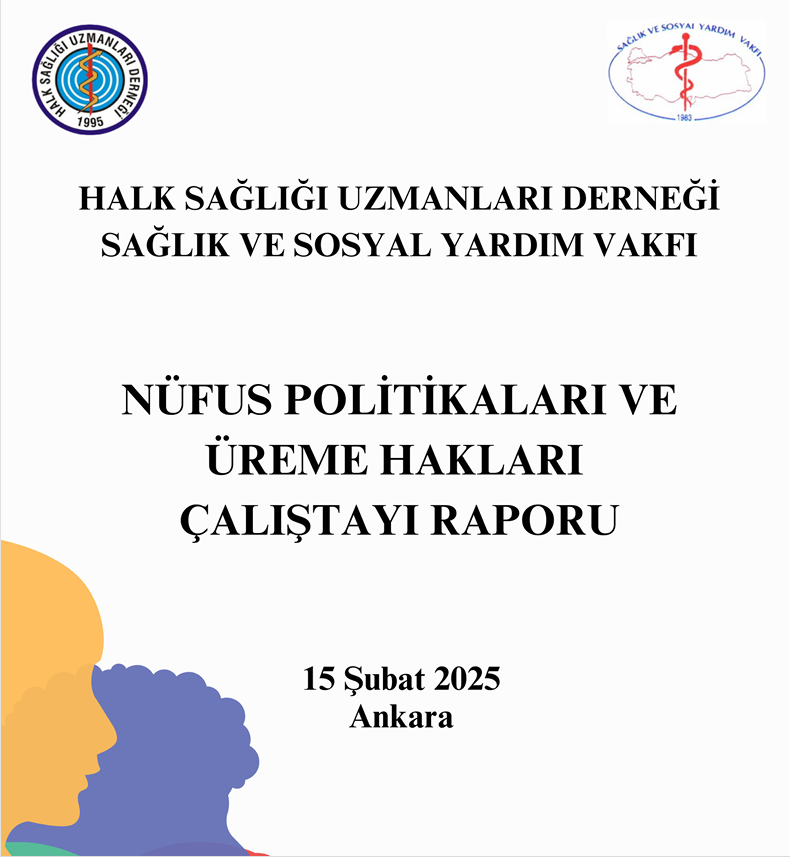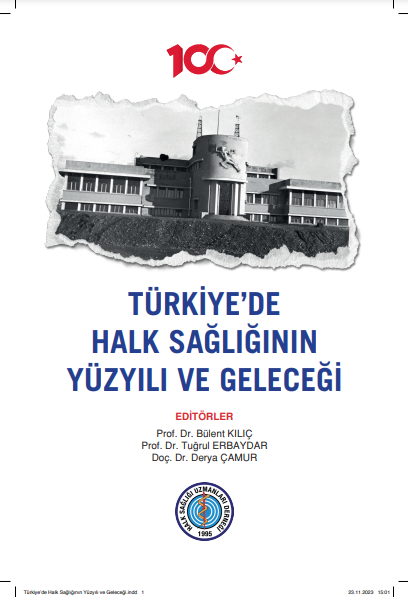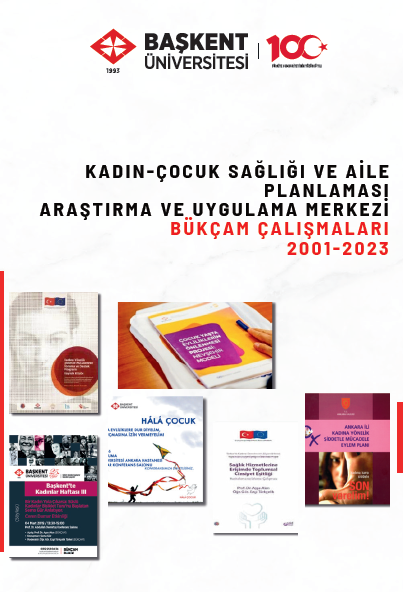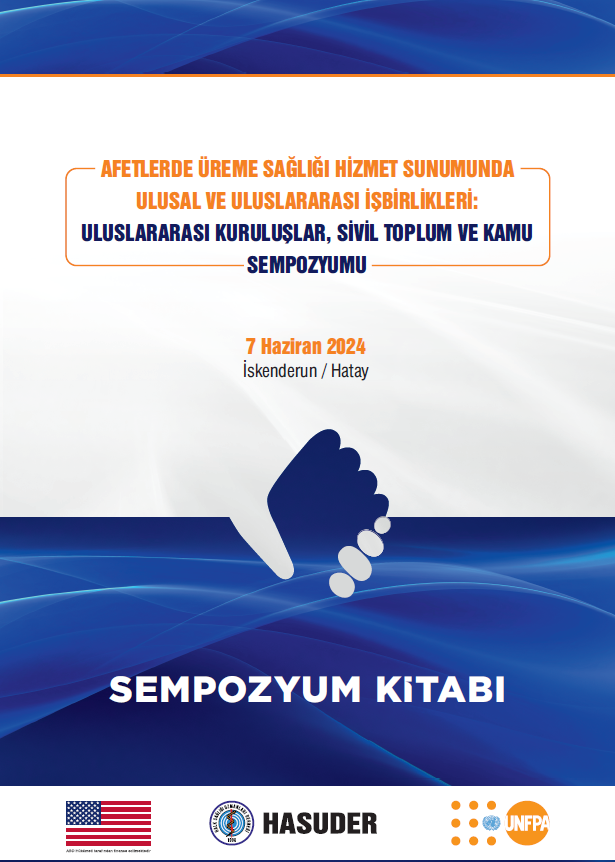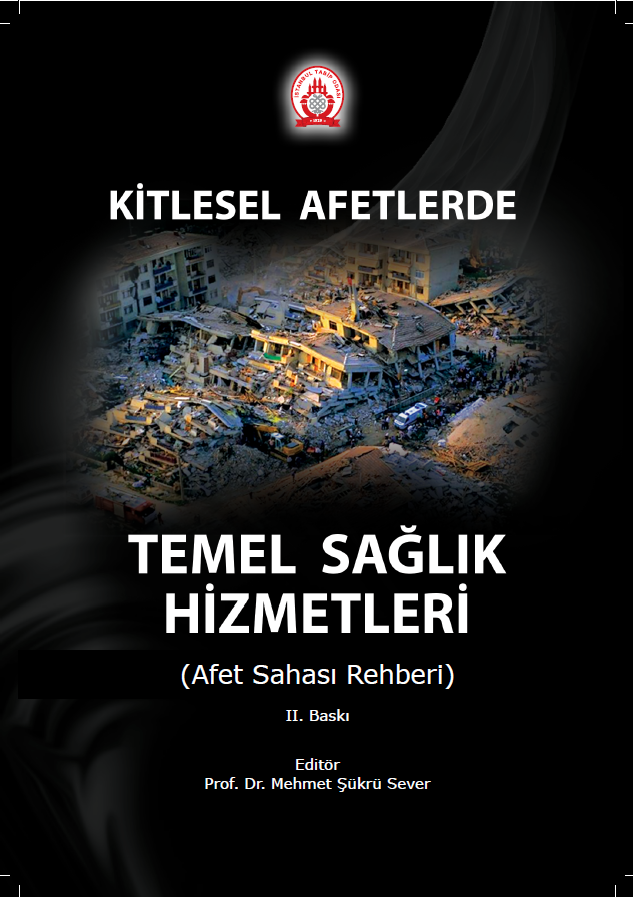Kitap Hakkında
Background An ongoing outbreak of pneumonia associated with a novel coronavirus was reported in Wuhan city,Hubei province, China. Affected patients were geographically linked with a local wet market as a potential source. No
data on person-to-person or nosocomial transmission have been published to date.
Methods In this study, we report the epidemiological, clinical, laboratory, radiological, and microbiological findings of five patients in a family cluster who presented with unexplained pneumonia after returning to Shenzhen, Guangdong
province, China, after a visit to Wuhan, and an additional family member who did not travel to Wuhan. Phylogenetic analysis of genetic sequences from these patients were done.
Findings From Jan 10, 2020, we enrolled a family of six patients who travelled to Wuhan from Shenzhen between Dec 29, 2019 and Jan 4, 2020. Of six family members who travelled to Wuhan, five were identified as infected with
the novel coronavirus. Additionally, one family member, who did not travel to Wuhan, became infected with the virus after several days of contact with four of the family members. None of the family members had contacts with
Wuhan markets or animals, although two had visited a Wuhan hospital. Five family members (aged 36–66 years) presented with fever, upper or lower respiratory tract symptoms, or diarrhoea, or a combination of these 3–6 days
after exposure. They presented to our hospital (The University of Hong Kong-Shenzhen Hospital, Shenzhen) 6–10 days after symptom onset. They and one asymptomatic child (aged 10 years) had radiological ground-glass lung
opacities. Older patients (aged >60 years) had more systemic symptoms, extensive radiological ground-glass lung changes, lymphopenia, thrombocytopenia, and increased C-reactive protein and lactate dehydrogenase levels. The nasopharyngeal or throat swabs of these six patients were negative for known respiratory microbes by point-of-care multiplex RT-PCR, but five patients (four adults and the child) were RT-PCR positive for genes encoding the internal RNA-dependent RNA polymerase and surface Spike protein of this novel coronavirus, which were confirmed by Sanger sequencing. Phylogenetic analysis of these five patients’ RT-PCR amplicons and two full genomes by nextgeneration sequencing showed that this is a novel coronavirus, which is closest to the bat severe acute respiatory syndrome (SARS)-related coronaviruses found in Chinese horseshoe bats.
Interpretation Our findings are consistent with person-to-person transmission of this novel coronavirus in hospital and family settings, and the reports of infected travellers in other geographical regions.


